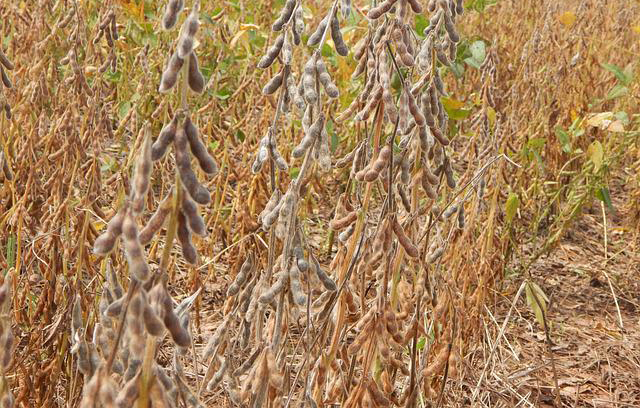Source: Oleoscope (Russia)
The combined share of Brazil, the US and Argentina in soybean production is 80%. China follows them by a significant margin with a share of 5%. According to USDA estimates, Brazil is expected to harvest a record soybean crop of about 169 million tons in the current marketing year, up from 153 million tons a year earlier. With an expansion of 1.3 million hectares to 47.4 million hectares, Brazil further strengthens its leading position ahead of the US.
Brazil’s soybean harvest is currently in full swing. By February 7, 2025, about 15.1% of the area had been harvested, slightly less than the long-term average of 18.4% at that time. At this point, reports indicate that more than satisfactory returns are expected. In the US, soybean harvesting has already been completed at the end of 2024. Some 118.8 million tons have been harvested there, about 5.6 million tons more than the previous year and expected to be the largest crop in the last 3 years.
Argentina, which is the third largest producer in the world, is also likely to harvest more acreage than last year. According to a study by Agrarmarkt Informations-Gesellschaft (mbH), a harvest of 49 million tons is expected here, about 790,000 tons more than last year. China is expected to produce 20.7 million tons, about 190,000 tons less than last year, according to the latest estimates from the U.S. Department of Agriculture.
With soybean acreage steadily increasing, Germany’s Union for the Promotion of Oilseeds and Grains (UFOP) is questioning the possible regulatory impact of the EU Deforestation Regulation (EUDR) on global markets. UFOP also raises concerns about the further expansion of soybean marketing flows from Brazil into the European Union.
It is unclear whether the EUDR and voluntary commitments by companies to protect primeval forests will have any environmental impact if rules to protect forests and biodiversity are not harmonized simultaneously for all global commodity flows, given the EUDR’s implementation deadline, which has been extended to the end of 2025.

